News
-
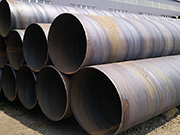
Stages and standard parameters of mechanical expansion process for large diameter steel pipes
The stages of the mechanical expansion process of large-diameter steel pipes: The steel plate is first pressed into a U shape in the forming die, and then pressed into an O shape, and then internal and external submerged arc welding is performed. After welding, the diameter is...Read more -
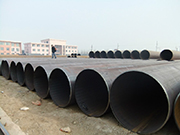
Maintenance method of large diameter straight seam steel pipe
In the process of manufacturing straight seam steel pipes, straight seam steel pipe manufacturers need to have very good control of the extrusion force. This is because, during the welding process, when the temperature of the edges of the two tube embryos reaches the welding t...Read more -
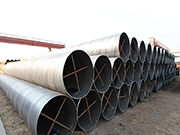
The processing method of large-diameter steel pipe and expression method of the pipe diameter
Expression of large diameter steel pipe diameter: 1. For water and gas transmission steel pipes (galvanized or non-galvanized), cast iron pipes, and other pipes, the pipe diameter should be expressed in nominal diameter DN; 2. For seamless steel pipe, welded steel pipe (straig...Read more -
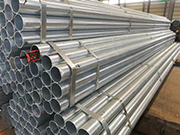
The difference between galvanized steel pipe and plastic-coated steel pipe
1. Galvanized steel pipe to make the molten metal react with the iron matrix to produce an alloy layer so that the matrix and the coating are combined. Hot-dip galvanizing is to pickle the steel pipe first. To remove the iron oxide on the surface of the steel pipe, after pickl...Read more -
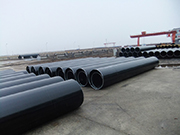
Introduction to Common Methods of Steel Pipe Welding
At present, the commonly used methods for welding steel pipes are electrode arc welding (SMAW), submerged arc welding (SAW), gas tungsten arc welding (GTAW), gas melting arc welding (GMAW), flux cored arc welding (FCAW) and Downward welding and so on. (1) The advantages of ele...Read more -
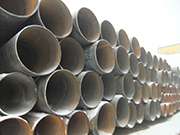
How to solve the phenomenon of spiral steel pipe “goose head bend”
If the large-diameter spiral steel pipe is processed to a certain length, there must be bending, which is a phenomenon and situation that is often encountered in steel pipes. The large-diameter spiral steel pipe is commonly called “goose head bend” due to the uneve...Read more -
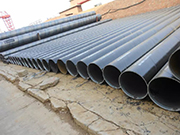
What are the heat treatment methods for spiral steel pipes
1. Thermomechanical treatment High-temperature thermomechanical treatment can improve the yield ratio and elastic limit of spiral steel pipe. Improve the comprehensive mechanical properties, fatigue properties, and stress relaxation properties of the spiral steel pipe. Reducin...Read more -
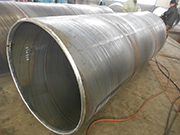
Welding treatment of thick-walled spiral steel pipe
Thick-walled spiral steel pipe is a method of arc welding under the flux layer, which is formed by using the heat generated by the arc burning between the flux and the welding wire under the flux layer, the base metal, and the molten wire flux. During use, the principal stress...Read more -
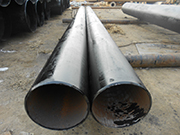
Surface treatment of thick-wall straight seam steel pipe
The uniformity of the pipe wall of the thick-walled straight seam steel pipe will directly affect the post-processing parts. The pipe wall of the thick-walled straight seam steel pipe cannot be controlled, and the overall steel pipe cannot be strictly controlled. Small and med...Read more

